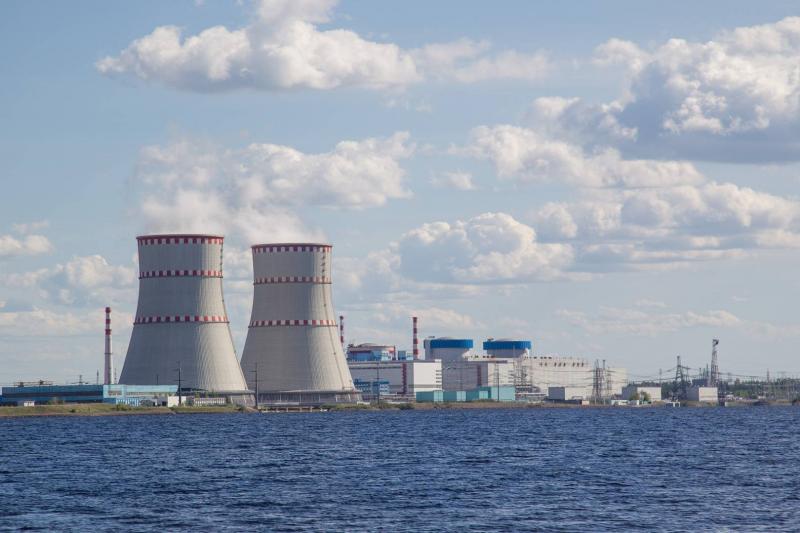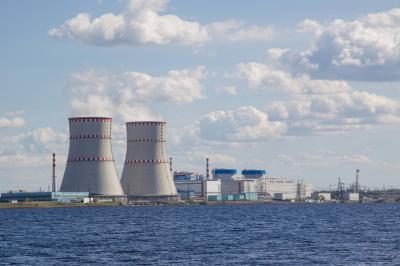The execution of the El-Dabaa nuclear power plant project marks the culmination of many years of Egyptian efforts to introduce nuclear energy to the country. Plans for establishing the El-Dabaa nuclear power plant date back to the late 1970s when site selection procedures began. The El-Dabaa nuclear power project aims to build four units of Russian VVER-1200 Pressurized Water Reactors (PWR) with a capacity of 1200 megawatts each. The selected PWRs are the most common type of reactors worldwide. The Nuclear Power Plants Authority (NPPA) is the owner and operator of the project, while the main contractors are entities from the Russian Rosatom organization and its subsidiaries. Several agreements have been made regarding the construction and operational support of the nuclear plant, including the main contract (EPC) for engineering, procurement, and construction, a contract for supplying nuclear fuel, an operation and maintenance support contract, and a contract for managing spent nuclear fuel.
The El-Dabaa site is located along the northwestern coast of Egypt on the Mediterranean Sea. Safety and reliability of the nuclear reactor design were the most crucial factors in selecting the reactor type and technology for the El-Dabaa nuclear power plant, as the technology used belongs to the developed generation III reactors, fully compliant with all post-Fukushima safety requirements outlined by the International Atomic Energy Agency (IAEA).
The general plan for the El-Dabaa nuclear power plant is executed through three main phases:
1. The first stage, which is a preparatory phase that began in December 2017, covers activities aimed at preparing and equipping the site for the establishment of the nuclear plant, lasting approximately two and a half to four years.
2. The second stage starts after obtaining the construction permit and includes all construction, workforce training, and pre-operations testing preparations, lasting for five and a half years.
3. The final stage involves obtaining permission to conduct pre-operation testing, which includes operations testing and actual startup, lasting until the initial delivery of the nuclear unit and the issuance of an operating license, with a duration of pre-operation testing reaching up to 11 months.
The progress of work on the project is directly linked to obtaining the licenses designed to ensure the plant's safety by fulfilling all necessary legal documentation. This process will lead to acquiring all required licenses and permits for site acceptance, construction, and operation.
The El-Dabaa nuclear power plant project is a vital component in Egypt's sustainable development strategy, as outlined in Egypt's Vision 2030. Implementing the El-Dabaa nuclear power plant will yield numerous benefits for Egypt, including:
- Diversification of the state's energy sources.
- High electricity production and generation, helping meet the growing demand for electricity reliably, sustainably, and foundationally for stable economic development.
- Conservation of non-renewable natural resources—oil and gas—and their rational use.
- Competitive electricity generation costs consistently across the day, regardless of weather conditions.
- A clean energy source free from carbon emissions, playing a significant role in combating global warming.
- Integration of advanced technologies and enhancement of research and development.
- Elevation of the quality of local products and workmanship to international standards.
- Increased job opportunities for Egyptians with local participation of no less than 20% for the first unit and up to 35% for the fourth unit.
- Stimulating economic development and infrastructure in the Matrouh region, particularly in the El-Dabaa area.
- International recognition of the country's achievements.




